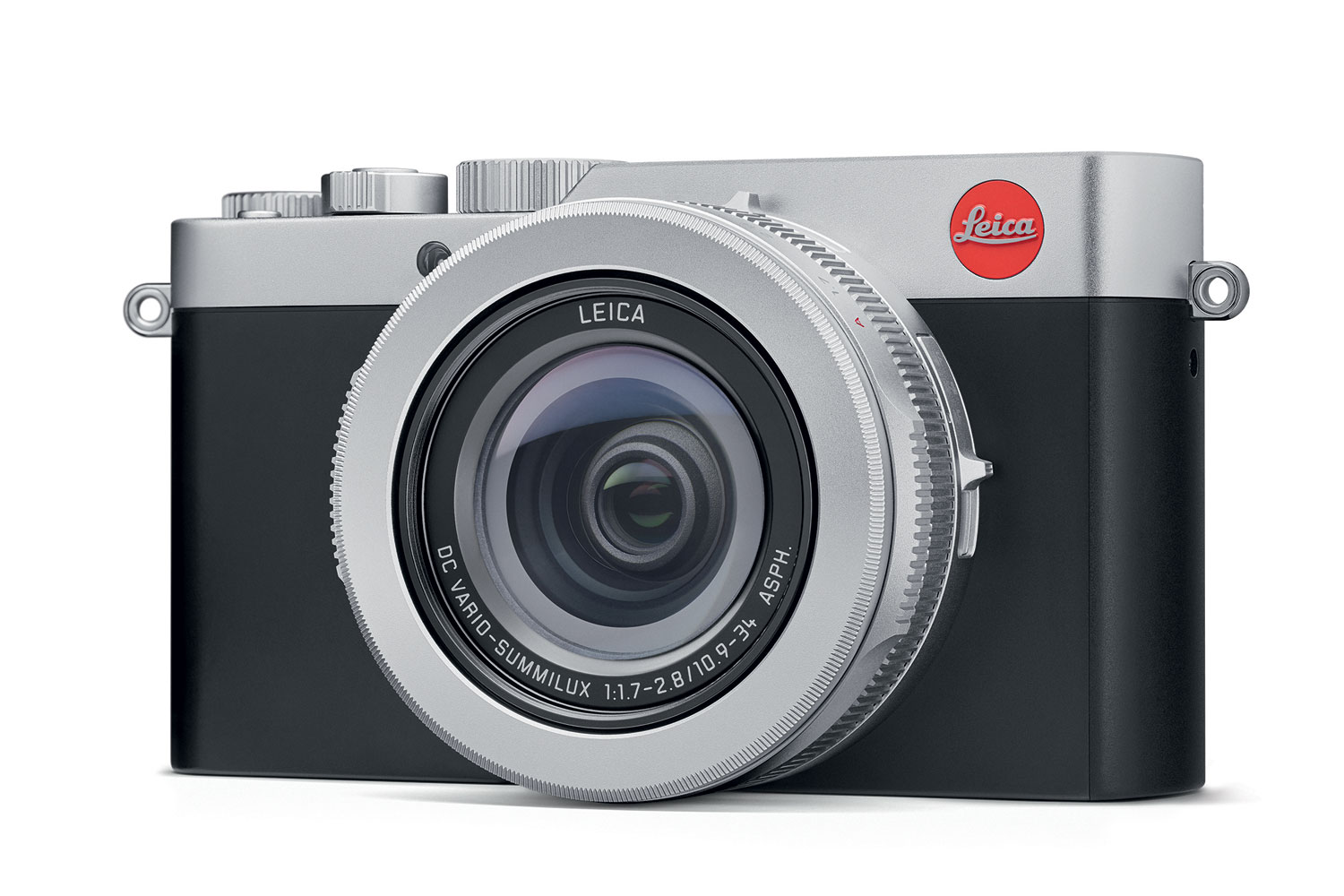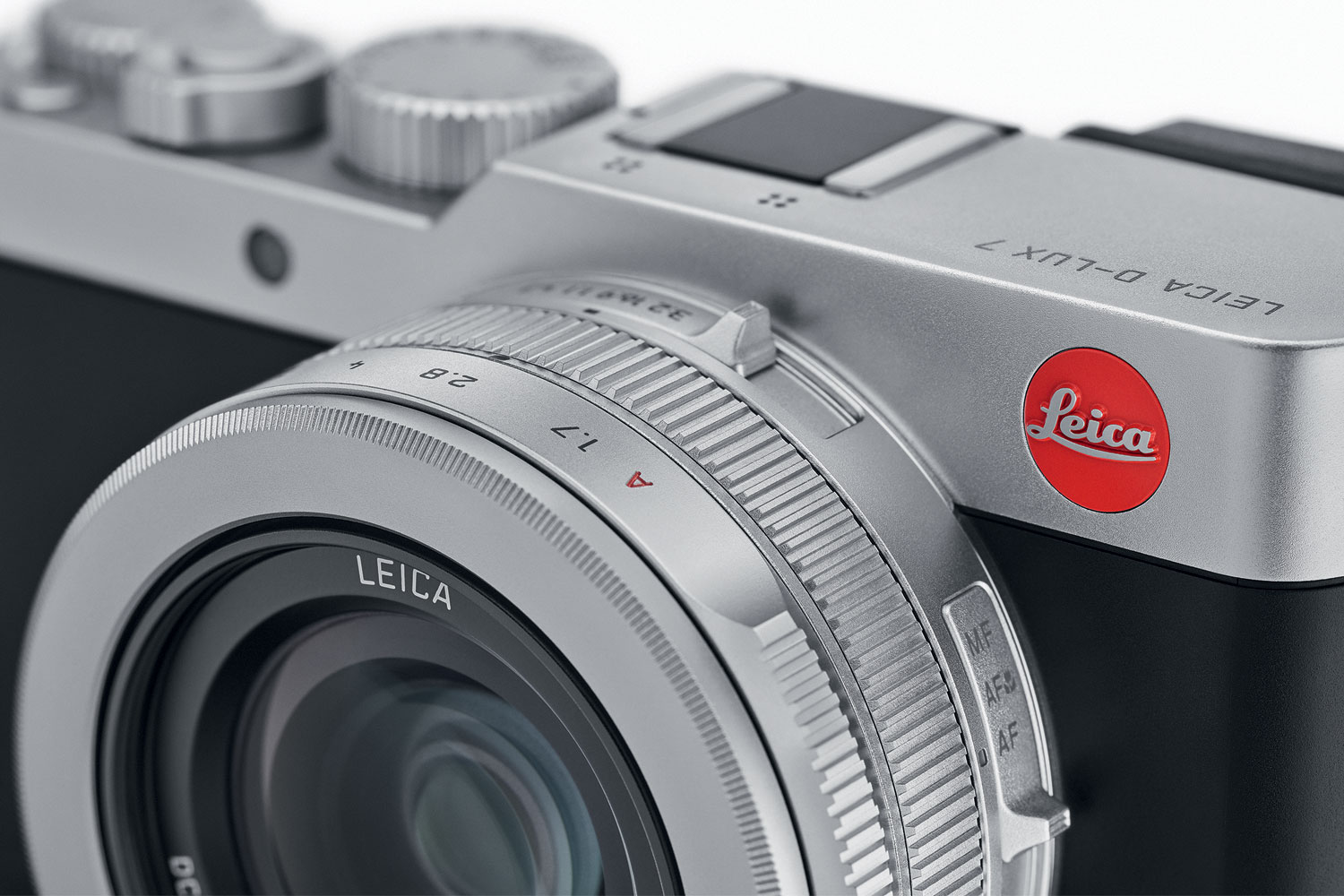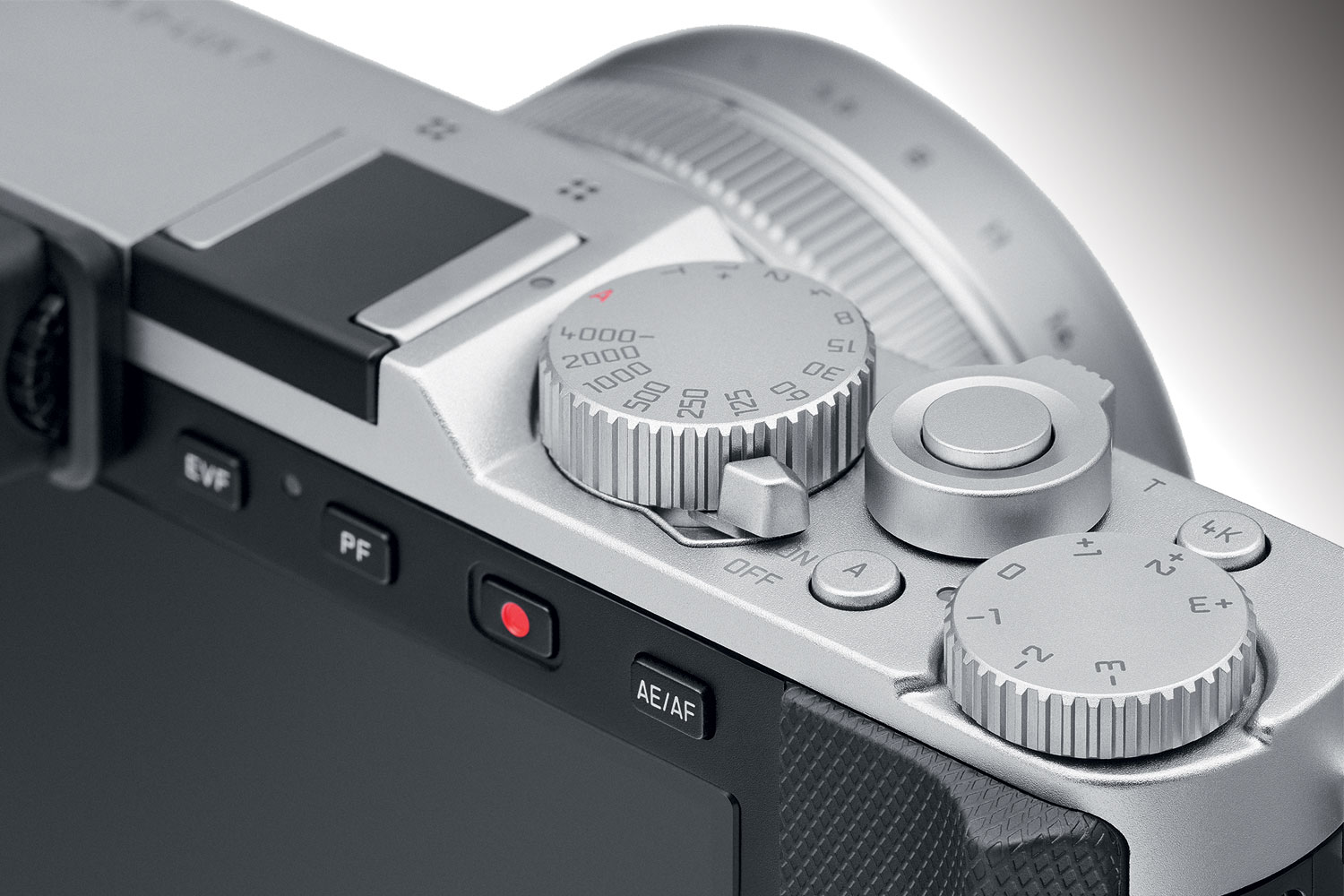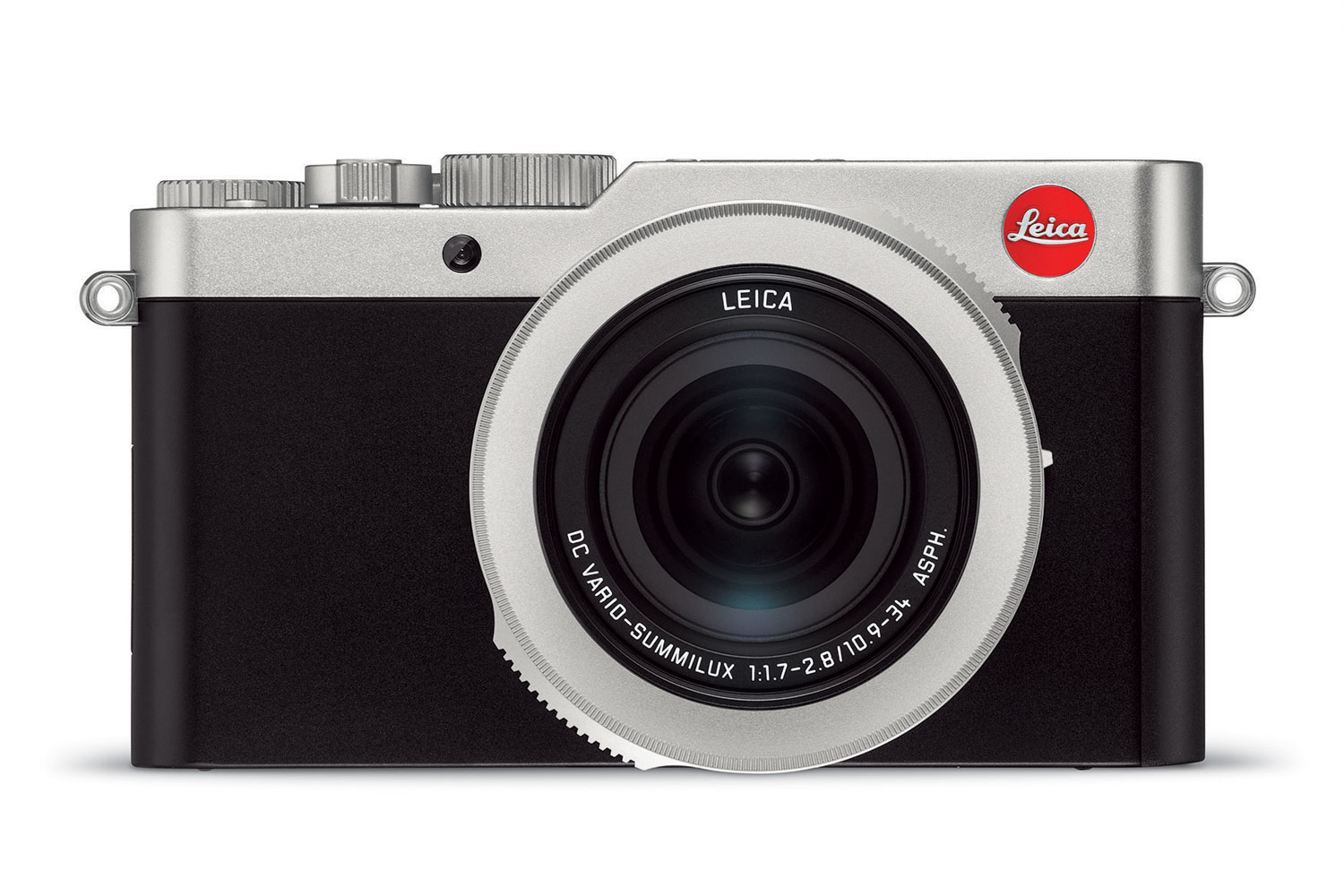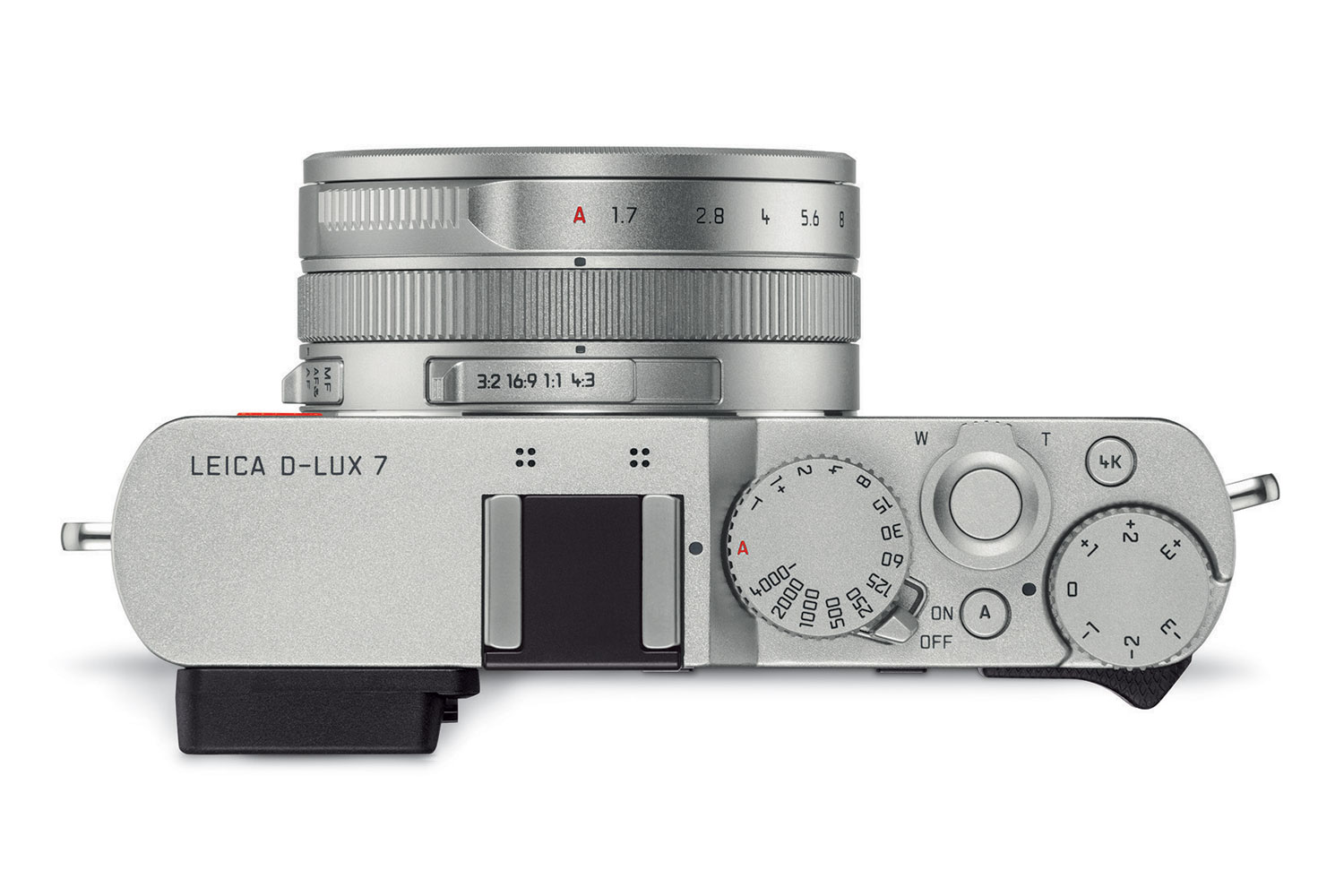Essentially a rehoused Panasonic Lumix LX100 II, the D-Lux 7 adds Leica styling — and price — to Panasonic tech. The camera retains much from its predecessor, but brings some needed updates and refinements, like a 17-megapixel Four Thirds sensor, a welcome increase from the 12.8 megapixels of its predecessor. Somewhat confusingly, the D-Lux 7 is a direct update over the D-Lux Typ 109, not the D-Lux 6, which was an older model based on the Panasonic LX7.
The D-Lux series has always been about putting big camera quality in a go-anywhere package, and the D-Lux 7 adds features that make it even more versatile for travel photography. In addition to Wi-Fi, it now uses Bluetooth 4.2 for always-on connectivity with the Leica Fotos app (Android, iOS). It can also charge over USB-C, so if the battery drains while you’re out on a mountain trail, all you need is a portable USB charger to top it up again.
The D-Lux 7 offers the same streamlined body as the Typ 109, with a shape that mimics the look of Leica M series rangefinders, albeit much smaller and without interchangeable lenses. The 2.76-million-dot electronic viewfinder is also unchanged, but is still quite good for a camera of this class. The LCD screen, however, has seen a modest bump in resolution from 921,000 to 1.2 million pixels.
Several variants of Panasonic’s Post Focus technology also make it into the camera, including focus stacking. This is based on the 4K Photo mode which can record a fast burst of 4K-resolution photos while adjusting the focus between frames. Video specifications remain the same, offering 4K at 30 frames per second or 1080p up to 60 fps.
A key element of the D-Lux 7 remains the Leica DC Vario-Summilux 24-75mm (full-frame equivalent) f/1.7-2.8 lens, the same lens found on the Typ 109. It offers a 3.1x zoom that balances versatility with size constraints while offering a bright aperture that pairs nicely with the large sensor. For a compact camera, you won’t find light gathering capability better than this, which helps the D-Lux 7 perform well in low light situations without needing a flash.
The D-Lux 7 is available now for a price of $1,195, just about $200 more than the Panasonic LX100 II.
